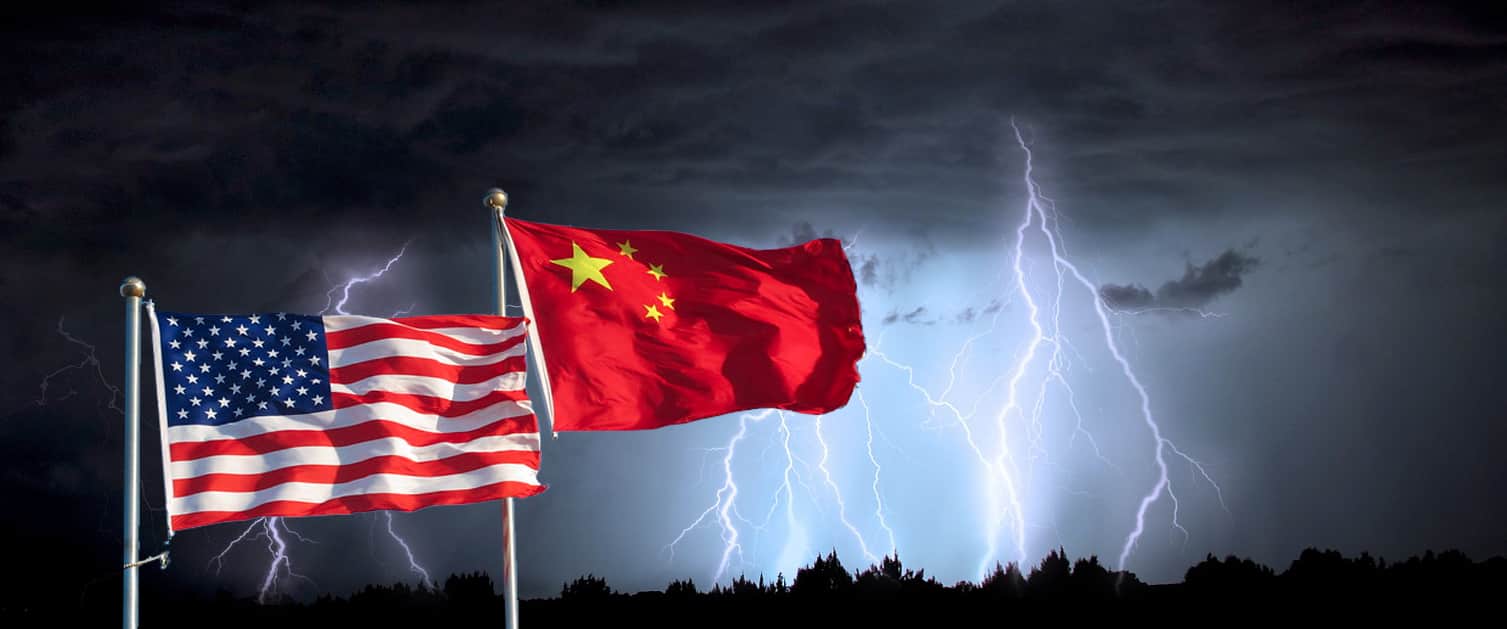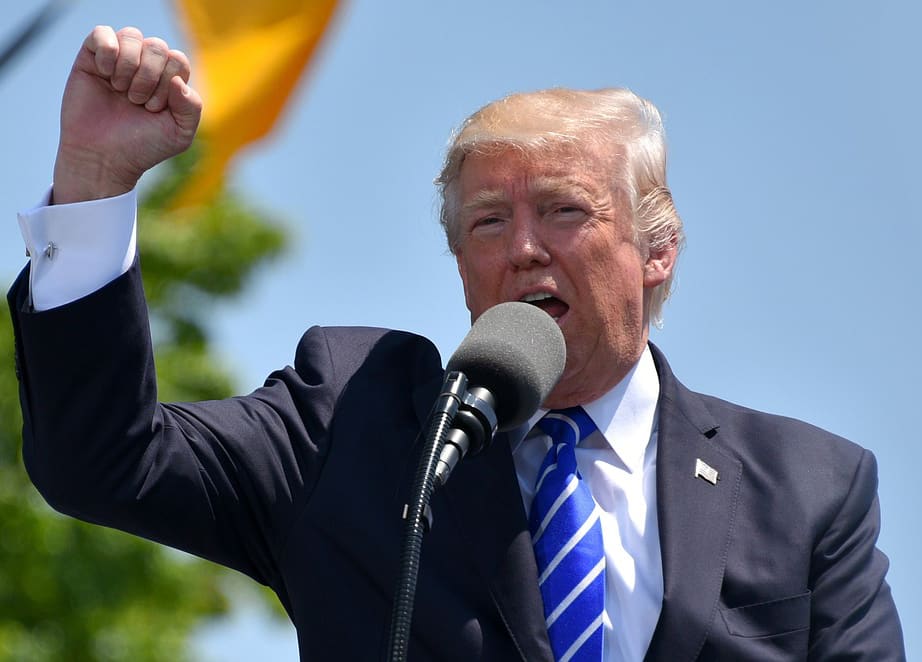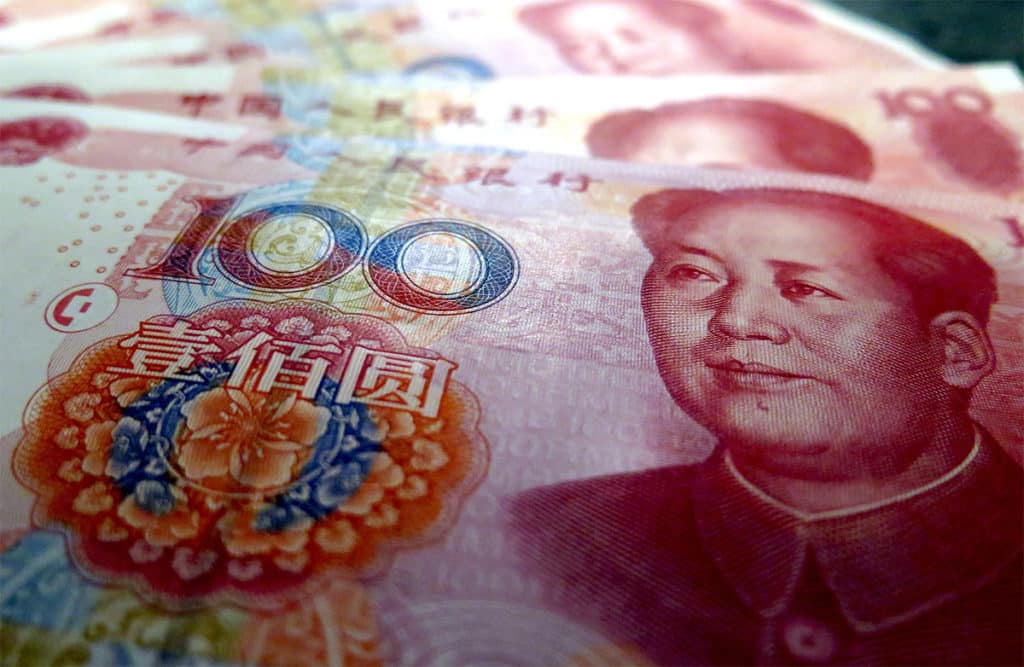Blog
Home » Diamonds blog » U.S.-China Trade War Hits Diamonds and Jewelry
Focus on

Unless the Chinese government successfully convince the U.S. trade tsar otherwise, the 10 percent tariff will apply to rough and polished diamonds, colored gemstones, rough and polished “synthetic gemstones” and jewelry articles starting September 1. They will join a number of items that already subject to the trade tariff, including gift boxes, jeweler’s balances, beads and scrap.
And that may not be the end of it, for the Trump administration has left open the possibility that if Beijing does not agree to its terms, it could hike the import tax from 10 percent to as much as 25 percent.
U.S. BUSINESS LEADERS EXPRESS FRUSTRATION WITH TRADE POLICY
It is a policy that is leaving many in the U.S. trade very nervous. In an email sent to members of Jeweler of America, JA President and CEO David Bonaparte wrote that “If implemented, these latest proposed tariffs could hit jewelers more directly, and the ongoing trade war adds a level of uncertainty for both businesses and consumers.”
Bonaparte added that his organization, which is the largest trade body in the U.S. jewelry sector, was discussing the matter with lawmakers, but if history is anything to judge by Congress will have little influence on President Trump.
The frustration in the business community is not limited to the jewelry sector. In a statement put out by David French, senior vice president of government relations for the
National Retail Federation (NRF), he wrote the influential trade group “disappointed the administration is doubling-down on a flawed tariff strategy that is already slowing U.S. economic growth, creating uncertainty and discouraging investment.

The Gemological Institute of America has launched its Mine to Market (M2M) country of origin service, founded on its scientists’ ability to link a rough diamond to the polished stones that it yielded.

China has retaliated by allowing its currency to fall to its weakest level in more than a decade, making foreign imports even more expensive.
“The tariffs imposed over the past year haven’t worked, and there’s no evidence another tax increase on American businesses and consumers will yield new results,” French added.
TARIFFS IMPACTING JEWELRY MORE THAN LOOSE DIAMONDS
The new round of tariffs will likely be felt more keenly by the jewelry sector, and not the diamond industry. “The U.S. imports less than 1 percent of loose polished diamonds from China, but 15 percent of jewelry,” said Paul Zimnisky, a well-known diamond analyst and consultant in New York, as quoted by Mumbai’s Business Standard.
According to the U.S. Census Bureau statistics, China exported $2.09 billion worth of jewelry to the United States in 2018, in jewelry in 2018, plus $233 million in gem diamonds and $1.01 billion in other gemstones.
But there are likely to be those benefit from the current situation. “If the tariffs persist, this may lead to U.S. retailers buying more fabricated jewelry from India,” Zimnisky noted.
But is quite possible that no one emerges unscathed from the current skirmish. Economists are warning that the trade war is approaching the point at which severe economic slowdown or even a recession is a distinct possibility.
Such fears were heighted when, in response to Trump’s latest round of tariffs, China let it be known that it was allowing its currency to fall sharply to the weakest level in more than a decade, making foreign imports, from the U.S. and other countries, even more expensive. The Trump administration responded by labeling China a currency manipulator.
The U.S. markets reacted immediately, with the Dow falling 2.9 percent and Nasdaq by 3.5 percent, suffering its longest daily losing streak since just before Trump’s 2016 election. The VIX (VIX) index, which measures volatility, skyrocketed by 40 percent to a seven-month high.
